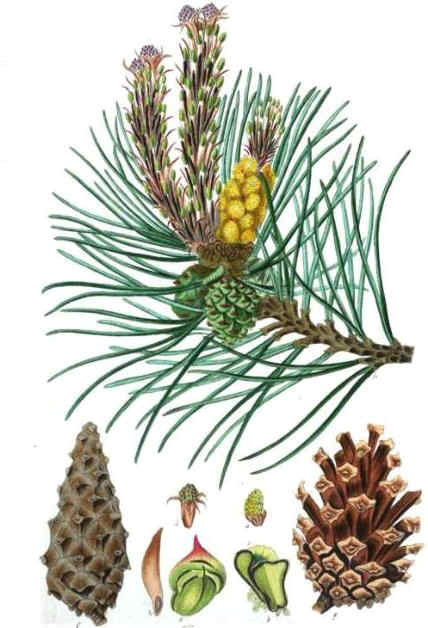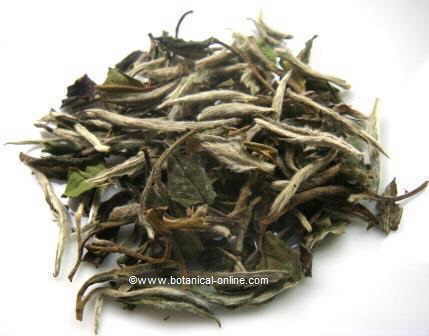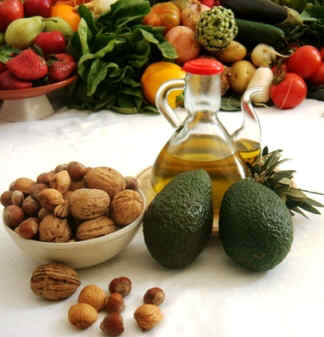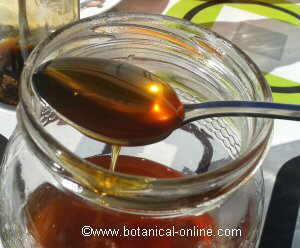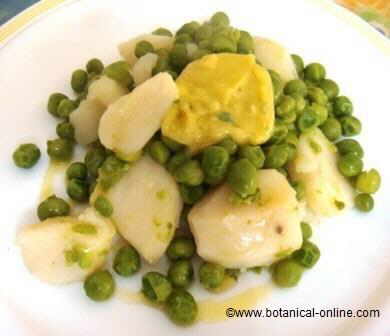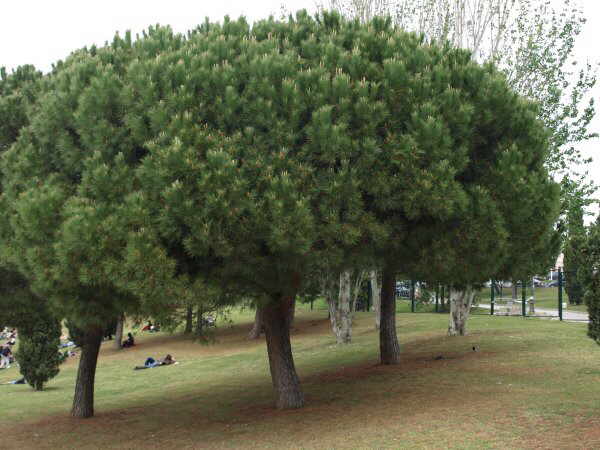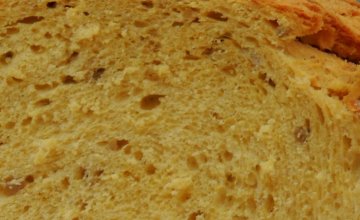Contents
What is a pigweed ?
Characteristics of pigweed (Chenopodium album)
– Common English Name: Pigweed, Lamb’s quarters, Common lambsquarters, Melde, Goosefoot, Lambsquarters goosefoot, Fat-hen
–Scientific name: Chenopodium album L.
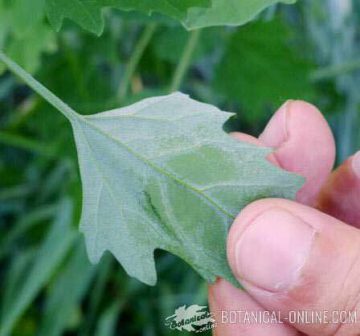
– Taxonomic synonyms (not accepted): Chenopodium album ssp. album L., Chenopodium missouriense Aellen., Chenopodium acerifolium Andrz., Chenopodium lanceolatum Muhl. ex Willd., Chenopodium suecicum Murr.
– Family: Amaranthaceae
Pigweed habitat. Where can we find this plant?
We can find this plant in ruderal areas, such as weeds in orchards, on the outskirts of villages, vacant lots, roadsides, fields, etc. Up to approximately 1.000 m of altitude.
Description of pigweed
Annual plant 1 m high, which can reach up to two meters on fertile land. Its stems are erdect, green, characteristically striated and with the axils of the branches and leaves of reddish color, very ramified and covered with a grayish floury hairiness.
Pigweed leaves are very characteristic: grayish-green, slightly fleshy, alternate, petiolated and with slightly variable limb, rhombic – ovate to lanceolate or linear-lanceolate, twice as long as wide, with slightly toothed margin, sometimes somewhat trilobed.
The young leaves have a grayish color (ashen) on the front, and when rubbed, they give off a characteristic pilosity reminiscent of ash or flour.
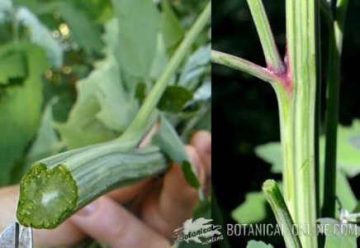
Flowers are tiny and gather in panicle-like inflorescences, formed by numerous glomeruli, some are hermaphroditic, others masculine and the lateral feminine. Formed by 5 pieces with a keel little marked. Androecium consists of 5 free stamens and the gynoecium of an ovary from which arises a style that ends in 2 stigmas.
Fruits are tiny achenes, 1-1.5 mm. approximately, with a seed inside it.
Origin of the name Chenopodium , albus and pigweed
Etymologically, the name of the genus of this plant, Chenopodium, comes from the Greek χήν chên, meaning “goose” , and podos, which means” foot”, which refers to the fact that there are species of this genus with leaves that resemble the foot of a goose. In fact, one of the common nouns of this plant is actually “goosefoot”
The name of the species “albus” may be that the name is due to the greenish-gray color of the plant, or because when we turn the leaves and rub the underside, it can be seen that it gives off a kind of white powder that gives off (only in the young leaves) .
The common name “Pigweed” is formed by “pig +weed”. Many plants of Amaranthus and Chenopodium genders, such as Amaranths and pigweeds are considered foragers, that is to say, plants that can feed animals.
How to harvest pigweed leaves
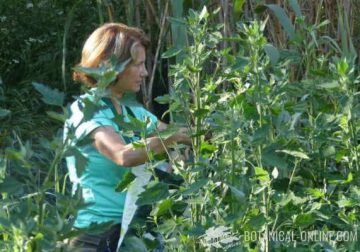
We find pigweeds on the edges of roads, orchards, in vacant lots, abandoned fields, among the stones of the walls, … It is one of the first plants that grow in many fields after sowing, typically considered a “bad weed”
In these environments, we usually find pigweed along with other Amaranthaceae such as amaranths ( Amaranthus) or with Polygonaceae such as sorrel (Rumex acetosa) or bistort (Poligonum bistorta) Other times they grow along with other wild leafy vegetables such as orach (Atriplex hortensis) bladder champion (Silene vulgaris), borage (Borago officinalis) or dandelion (Taraxacum officinale)
How to identify pigweed plant
Pigweed can grow isolated, but, it generally lives in more or less large colonies, with other plants of the same species, which facilitates their identification.
If we have doubts, to identify this plant, we just have to look at the shape of its leaves and gently rub the underside of the young leaves of the plant and see that it gives off a white powder. In adult leaves, the trick of rubbing the underside of the leaves may be useless, as they do not usually have hairiness.
Pigweed composition
Pigweed has a very rich nutritional composition, and medicinally and toxicologically, it is interesting to know that it may have Not so healthy components, which it shares with other plants of the same family. Their knowledge and good preparation will be key to be able to take full advantage of the virtues that this edible wild plant provides.
Next we will treat this plant first from a medicinal point of view, then we will see its alimentary properties and finally aspects about its toxicity and contraindications.
![]() More information on pigweed
More information on pigweed

